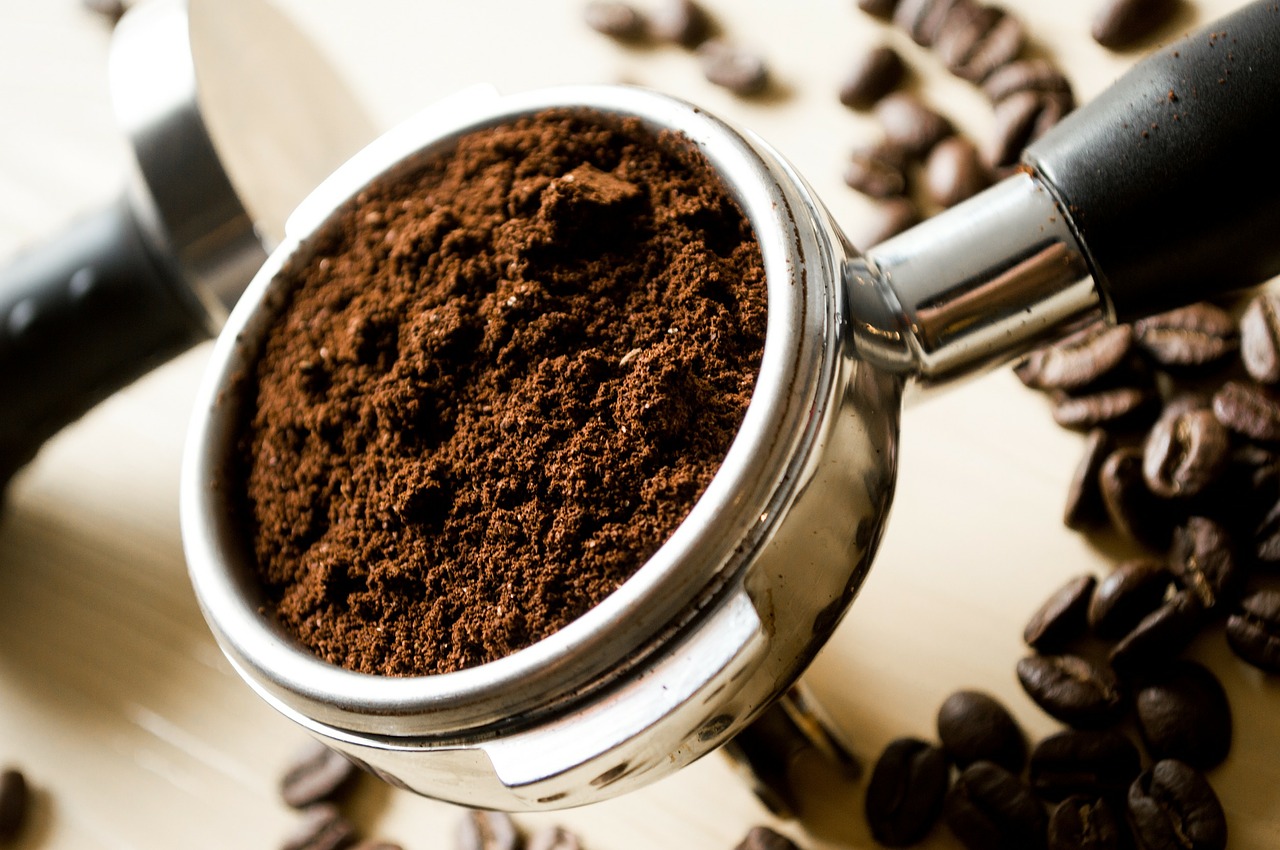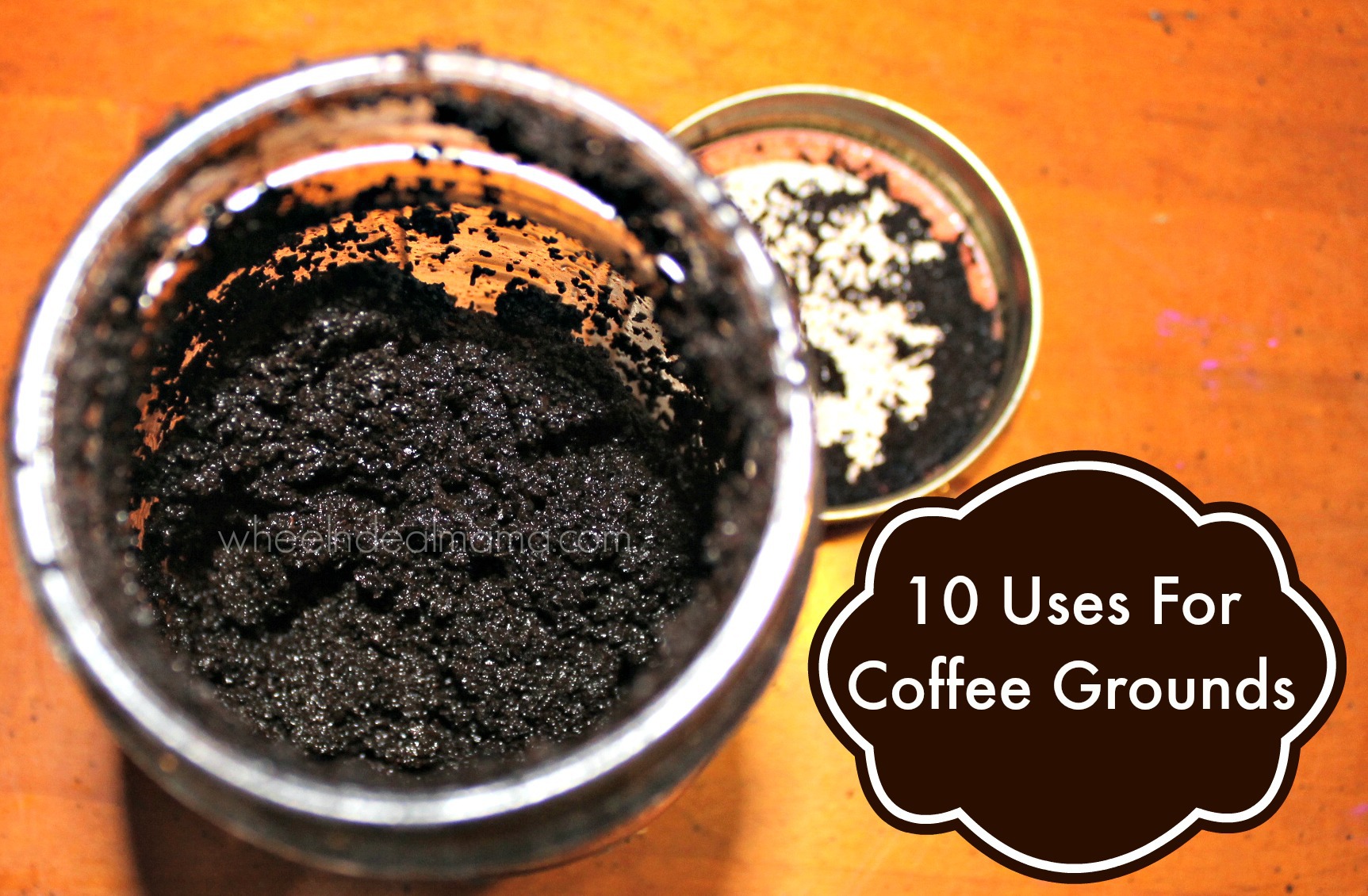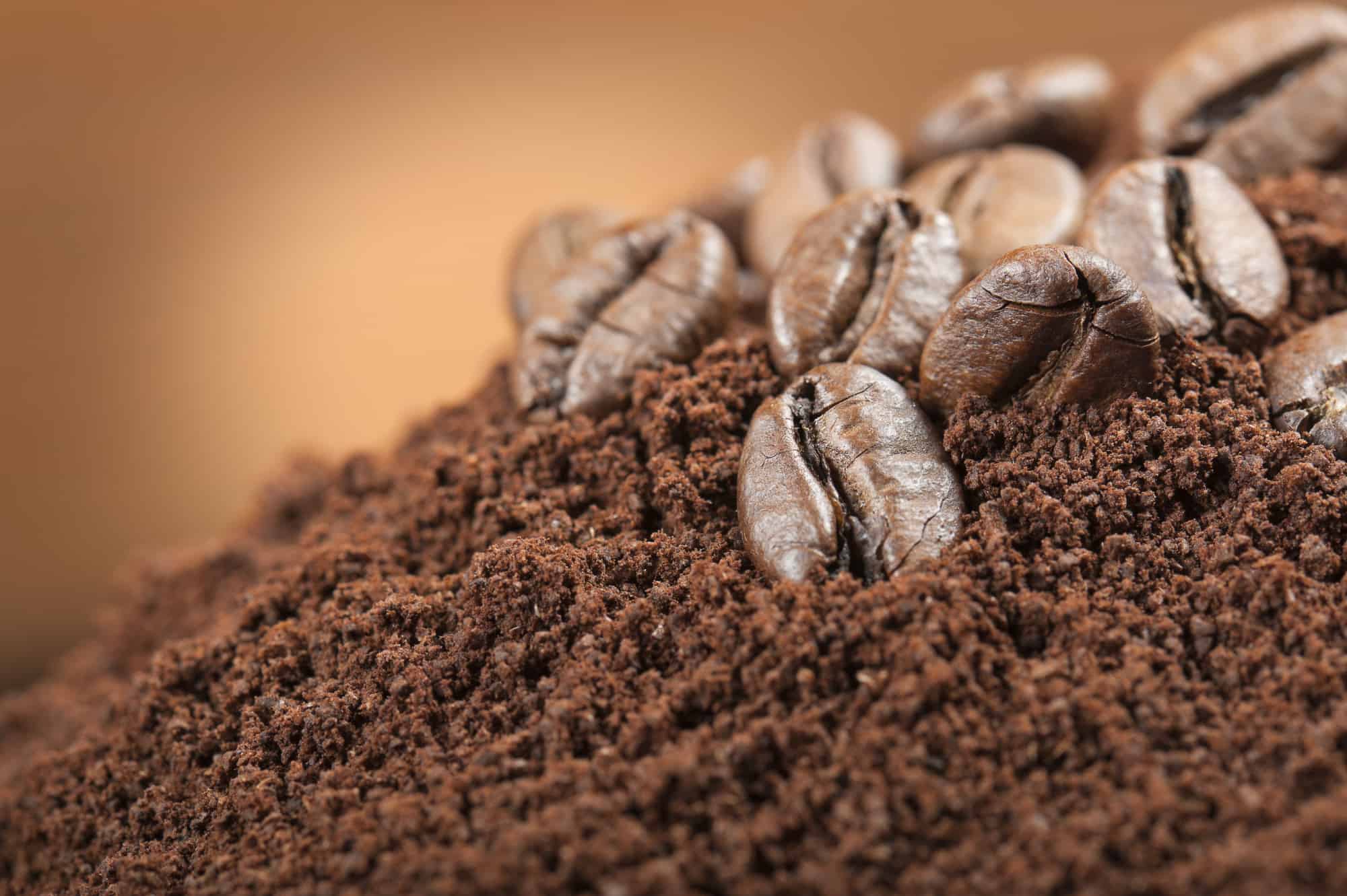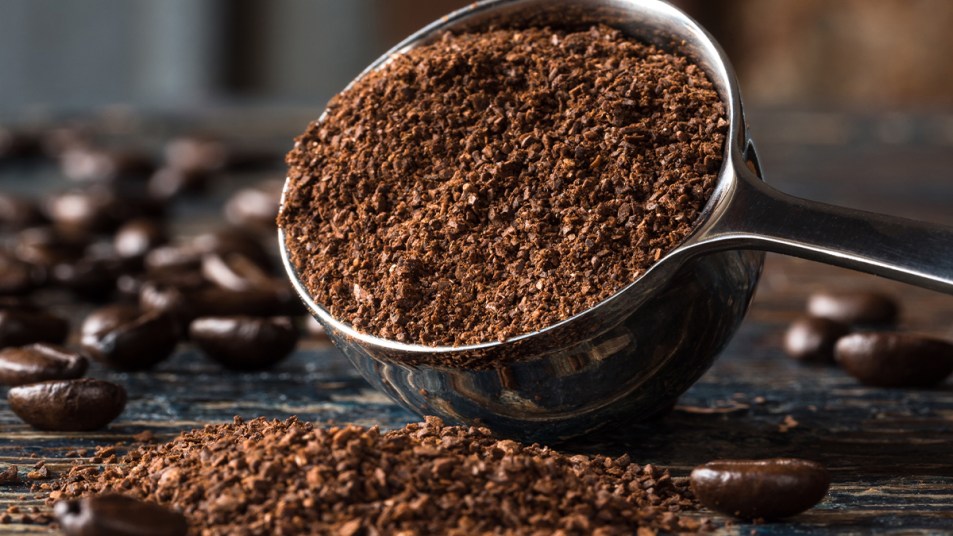From Trash to Treasure: The Value of Repurposing Coffee Grounds
Coffee grounds, often discarded as waste, hold a multitude of uses that can benefit the environment, garden, and even human health. By repurposing coffee grounds, individuals can reduce their waste output and contribute to a more sustainable lifestyle. But what are coffee grounds good for, exactly? The answer lies in their unique composition, which is rich in nutrients, antioxidants, and other beneficial compounds. By harnessing these properties, coffee grounds can be transformed from trash to treasure, offering a range of creative and practical applications.
One of the primary benefits of repurposing coffee grounds is the reduction of waste. Coffee consumption is a ubiquitous part of modern life, resulting in massive amounts of waste coffee grounds. By finding new uses for these grounds, individuals can significantly decrease their environmental footprint. Moreover, repurposing coffee grounds can also help to conserve natural resources, as it reduces the need for synthetic fertilizers, pesticides, and other chemicals.
Furthermore, coffee grounds possess a unique combination of nutrients, including nitrogen, phosphorus, and potassium, making them an ideal natural fertilizer for gardens. By incorporating coffee grounds into soil, gardeners can improve soil structure, increase nutrient content, and support healthy plant growth. This, in turn, can lead to a reduction in the use of synthetic fertilizers, which can harm the environment and contaminate water sources.
In addition to their environmental benefits, coffee grounds also hold potential for human health applications. The antioxidants and anti-inflammatory compounds present in coffee grounds have been shown to have positive effects on skin health, making them a popular ingredient in natural skincare products. By harnessing these properties, individuals can create their own DIY skincare products, such as face masks and scrubs, using coffee grounds as a primary ingredient.
As the uses of coffee grounds continue to expand, it becomes clear that this humble waste product holds a wealth of potential. By embracing the concept of repurposing and finding creative new uses for coffee grounds, individuals can contribute to a more sustainable future, while also benefiting from the numerous practical applications of this versatile material.
How to Use Coffee Grounds in Your Garden for Improved Soil Health
Coffee grounds are a valuable resource for gardeners, offering a natural and sustainable way to improve soil health. But what are coffee grounds good for in the garden? The answer lies in their nutrient-rich composition, which makes them an ideal fertilizer and soil amendment. By incorporating coffee grounds into your garden, you can improve soil structure, increase nutrient content, and support healthy plant growth.
One of the primary benefits of using coffee grounds in the garden is their ability to improve soil structure. Coffee grounds are rich in organic matter, which helps to increase the soil’s water-holding capacity, aeration, and overall fertility. This, in turn, can lead to healthier plant growth, improved root development, and increased crop yields. Additionally, coffee grounds can help to reduce soil compaction, improve drainage, and support the growth of beneficial microorganisms.
Coffee grounds are also a valuable source of nutrients for plants. They are rich in nitrogen, phosphorus, and potassium, making them an ideal fertilizer for a wide range of plants. By incorporating coffee grounds into your soil, you can provide your plants with a slow release of nutrients, promoting healthy growth and development. Furthermore, coffee grounds can help to support the growth of beneficial microorganisms, which play a crucial role in plant nutrition and soil health.
In addition to their nutritional benefits, coffee grounds can also be used as a natural pest control agent. The caffeine and other compounds present in coffee grounds can help to deter pests such as ants, snails, and slugs, reducing the need for synthetic pesticides. By incorporating coffee grounds into your garden, you can create a more balanced and sustainable ecosystem, reducing the risk of pest infestations and promoting healthy plant growth.
To use coffee grounds in your garden, simply mix them into the soil or use them as a mulch. The ideal ratio of coffee grounds to soil is around 1:10, although this can vary depending on the specific needs of your plants. It’s also important to note that coffee grounds can be quite acidic, so it’s best to mix them with other compost materials to create a balanced soil amendment.
Coffee Grounds as a Natural Skincare Ingredient: Benefits and DIY Recipes
Coffee grounds are not only good for the environment and your garden, but they can also be beneficial for your skin. The antioxidants and anti-inflammatory properties present in coffee grounds make them an ideal ingredient for natural skincare products. But what are coffee grounds good for in skincare? The answer lies in their ability to improve skin texture, reduce inflammation, and promote healthy skin cell growth.
One of the primary benefits of using coffee grounds in skincare is their ability to improve skin texture. The antioxidants present in coffee grounds can help to reduce the appearance of fine lines and wrinkles, while also improving skin elasticity and firmness. Additionally, the anti-inflammatory properties of coffee grounds can help to reduce redness and irritation, making them an ideal ingredient for sensitive skin.
To use coffee grounds in your skincare routine, you can create a variety of DIY products, such as face masks, scrubs, and body wraps. Here are a few recipes to get you started:
Coffee Ground Face Mask: Mix 2 tablespoons of coffee grounds with 1 tablespoon of honey and 1 tablespoon of yogurt. Apply to the skin and leave on for 10-15 minutes before rinsing off with warm water.
Coffee Ground Body Scrub: Mix 1 cup of coffee grounds with 1/2 cup of sugar and 1/4 cup of coconut oil. Massage onto the skin and rinse off with warm water.
Coffee Ground Body Wrap: Mix 1 cup of coffee grounds with 1/2 cup of olive oil and 1/4 cup of honey. Apply to the skin and leave on for 10-15 minutes before rinsing off with warm water.
In addition to their antioxidant and anti-inflammatory properties, coffee grounds can also help to improve skin circulation and reduce the appearance of cellulite. By incorporating coffee grounds into your skincare routine, you can promote healthy skin cell growth, improve skin texture, and reduce the signs of aging.
Composting with Coffee Grounds: Tips and Tricks for Success
Composting is a great way to reduce waste and create a nutrient-rich soil amendment for your garden. But what are coffee grounds good for in composting? The answer lies in their high nitrogen content, which makes them an ideal addition to your compost pile. By incorporating coffee grounds into your compost, you can create a balanced and nutrient-rich soil amendment that will help your plants thrive.
To compost coffee grounds effectively, it’s essential to understand the ideal ratio of coffee grounds to other compost materials. A general rule of thumb is to mix 1 part coffee grounds with 10 parts other compost materials, such as leaves, grass clippings, or vegetable scraps. This will help to create a balanced compost pile that is rich in nutrients and microorganisms.
Another key factor in successful composting is maintaining a healthy compost pile. This involves ensuring that the pile is well-aerated, moist, and free of contaminants. To achieve this, it’s essential to turn the compost pile regularly, adding new materials as needed, and monitoring the moisture levels. By following these tips, you can create a thriving compost pile that will help to reduce waste and create a nutrient-rich soil amendment for your garden.
In addition to their high nitrogen content, coffee grounds also contain other beneficial compounds, such as phosphorus and potassium. These nutrients are essential for plant growth and development, making coffee grounds a valuable addition to your compost pile. By incorporating coffee grounds into your compost, you can create a balanced and nutrient-rich soil amendment that will help your plants thrive.
Some other tips for composting with coffee grounds include:
Adding coffee grounds to your compost pile in moderation, as excessive amounts can create an overabundance of nitrogen.
Mixing coffee grounds with other compost materials, such as leaves or grass clippings, to create a balanced compost pile.
Monitoring the moisture levels of your compost pile, as coffee grounds can absorb a lot of water.
Turning the compost pile regularly to ensure that the coffee grounds are fully incorporated and the pile is well-aerated.
Coffee Grounds as a Pest Repellent: Keeping Ants, Snails, and Slugs at Bay
Coffee grounds are not only good for your garden’s soil health, but they can also be used as a natural pest repellent. But what are coffee grounds good for in terms of pest control? The answer lies in their ability to deter ants, snails, and slugs, which can be a nuisance in many gardens.
Ants, snails, and slugs are attracted to sweet or fermented substances, which is why coffee grounds can be an effective deterrent. The caffeine and other compounds present in coffee grounds can help to repel these pests, keeping them away from your plants. To use coffee grounds as a pest repellent, simply sprinkle them around the affected areas or mix them into the soil.
One of the most effective ways to use coffee grounds as a pest repellent is to create a barrier around your plants. Simply sprinkle a ring of coffee grounds around the base of the plant, making sure to keep it at least 1-2 inches away from the stem. This will help to deter ants, snails, and slugs from reaching the plant.
Another way to use coffee grounds as a pest repellent is to mix them into the soil. This will help to create a pest-repellent soil amendment that will keep ants, snails, and slugs away from your plants. To do this, simply mix 1-2 cups of coffee grounds into the soil around your plants, making sure to mix it in well.
Some other tips for using coffee grounds as a pest repellent include:
Using fresh coffee grounds, as they are more effective than stale grounds.
Mixing coffee grounds with other natural pest repellents, such as cinnamon or cayenne pepper, to create a more effective deterrent.
Reapplying coffee grounds regularly, as their effectiveness can wear off over time.
Using coffee grounds in combination with other pest control methods, such as physical barriers or traps, to create a comprehensive pest control strategy.
Using Coffee Grounds in Cooking and Baking: Recipes and Ideas
Coffee grounds are not only good for your garden and skincare routine, but they can also be used in cooking and baking. But what are coffee grounds good for in the kitchen? The answer lies in their rich, bold flavor and aroma, which can add depth and complexity to a variety of dishes.
One of the most popular ways to use coffee grounds in cooking is to make a coffee rub for meats. Simply mix coffee grounds with brown sugar, chili powder, and other spices to create a rub that can be applied to steaks, chicken, or pork. The coffee grounds will add a rich, smoky flavor to the meat that is perfect for grilling or roasting.
Coffee grounds can also be used to make a variety of baked goods, such as cakes, cookies, and muffins. The coffee flavor pairs well with chocolate, nuts, and fruit, making it a versatile ingredient for baking. To use coffee grounds in baking, simply substitute some of the flour with coffee grounds or add them to the batter along with other ingredients.
Some other ideas for using coffee grounds in cooking and baking include:
Making a coffee glaze for donuts or pastries by mixing coffee grounds with powdered sugar and milk.
Adding coffee grounds to your favorite granola recipe for a boost of flavor and antioxidants.
Using coffee grounds as a substitute for some of the flour in your favorite bread recipe to create a coffee-flavored bread.
Making a coffee-based marinade for meats by mixing coffee grounds with olive oil, soy sauce, and other ingredients.
Here are a few recipes to get you started:
Coffee Rub for Steak: Mix 1/4 cup coffee grounds with 2 tablespoons brown sugar, 1 tablespoon chili powder, and 1 tablespoon olive oil. Rub the mixture onto the steak and grill or roast until cooked to desired level of doneness.
Coffee Chocolate Chip Cookies: Mix 1 cup coffee grounds with 1 cup sugar, 1/2 cup butter, 2 eggs, and 2 cups flour. Add 1 cup chocolate chips and mix until a dough forms. Scoop onto a baking sheet and bake until golden brown.
Coffee Grounds as a Natural Dye: How to Use Them to Create Unique Textiles
Coffee grounds are not only good for your garden, skincare routine, and cooking, but they can also be used as a natural dye for textiles. But what are coffee grounds good for in terms of textile dyeing? The answer lies in their ability to create a range of colors and shades, from light brown to dark brown, depending on the concentration of the dye and the type of fabric being used.
To use coffee grounds as a natural dye, you will need to create a dye bath by mixing the coffee grounds with water. The ratio of coffee grounds to water will depend on the desired intensity of the color, but a general rule of thumb is to use 1 cup of coffee grounds per gallon of water. You can then add the fabric to the dye bath and let it simmer for several hours or overnight.
The type of fabric being used will also affect the final color of the textile. For example, cotton and linen will produce a lighter color than wool or silk. You can also experiment with different shades of coffee grounds, such as light roast or dark roast, to create different colors and shades.
Some other tips for using coffee grounds as a natural dye include:
Using a fixative, such as vinegar or salt, to help the color bind to the fabric and prevent fading.
Experimenting with different ratios of coffee grounds to water to achieve the desired intensity of color.
Adding other natural ingredients, such as turmeric or indigo, to create a range of colors and shades.
Using coffee grounds to dye a variety of textiles, including clothing, scarves, and home decor items.
Here are a few examples of how to use coffee grounds as a natural dye:
Coffee Ground Dye for Cotton Fabric: Mix 1 cup of coffee grounds with 1 gallon of water and bring to a boil. Reduce heat and simmer for 1 hour. Add 1 pound of cotton fabric and let simmer for an additional 30 minutes.
Coffee Ground Dye for Wool Fabric: Mix 1 cup of coffee grounds with 1 gallon of water and bring to a boil. Reduce heat and simmer for 1 hour. Add 1 pound of wool fabric and let simmer for an additional 1 hour.
Getting Creative with Coffee Grounds: Other Uses and Ideas
Coffee grounds are a versatile ingredient that can be used in a variety of creative ways beyond the garden, skincare, and cooking. But what are coffee grounds good for in terms of other uses and ideas? The answer lies in their ability to be repurposed and reused in a multitude of ways, from crafts to odor absorbers.
One creative way to use coffee grounds is in crafts. You can use them to create unique and personalized gifts, such as coffee ground-infused candles, soaps, and potpourri blends. Simply mix the coffee grounds with other ingredients, such as wax, essential oils, and herbs, to create a unique and fragrant craft project.
Coffee grounds can also be used as a natural odor absorber. Simply place a small amount of coffee grounds in a muslin bag or a piece of cheesecloth and hang it in the area where you want to absorb odors. The coffee grounds will absorb the odors and leave a fresh, coffee scent.
Another creative way to use coffee grounds is in potpourri blends. Simply mix the coffee grounds with other dried flowers, herbs, and spices to create a unique and fragrant potpourri blend. You can also add essential oils to the blend to enhance the fragrance.
Some other ideas for using coffee grounds include:
Using coffee grounds as a natural dye for paper and fabric.
Creating a coffee ground-infused oil for use in cooking and skincare.
Using coffee grounds as a natural pest repellent for indoor plants.
Adding coffee grounds to your favorite smoothie or juice recipe for an extra boost of antioxidants.
Here are a few examples of how to use coffee grounds in crafts:
Coffee Ground Candles: Mix 1 cup of coffee grounds with 1 cup of melted wax and pour into a candle mold. Let cool and harden before use.
Coffee Ground Soap: Mix 1 cup of coffee grounds with 1 cup of soap making ingredients and pour into a soap mold. Let cool and harden before use.
Coffee Ground Potpourri: Mix 1 cup of coffee grounds with 1 cup of dried flowers, herbs, and spices. Add essential oils to enhance the fragrance.







